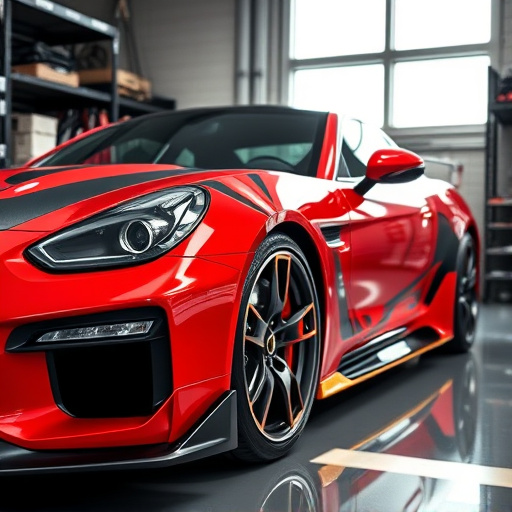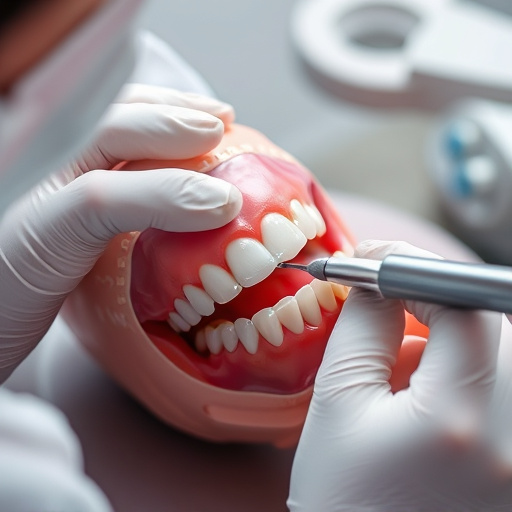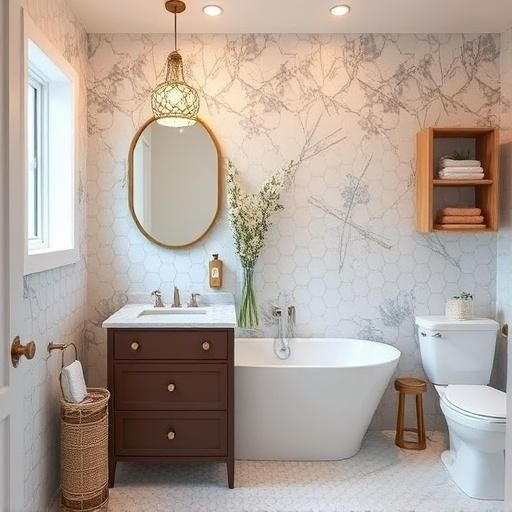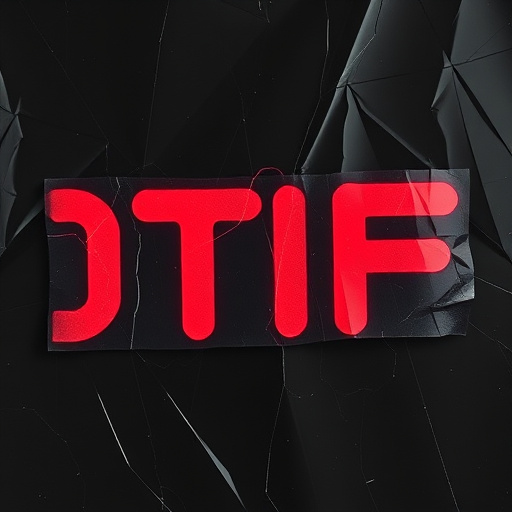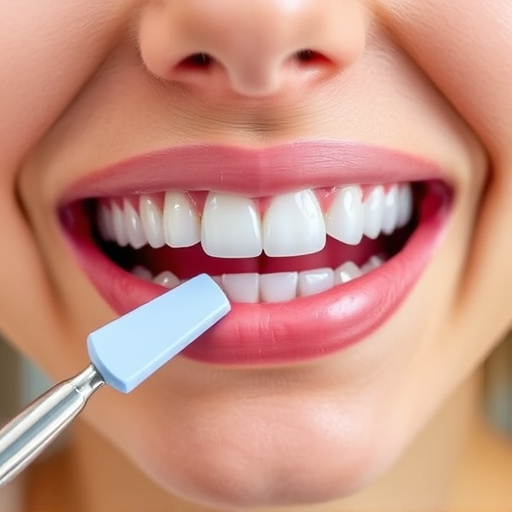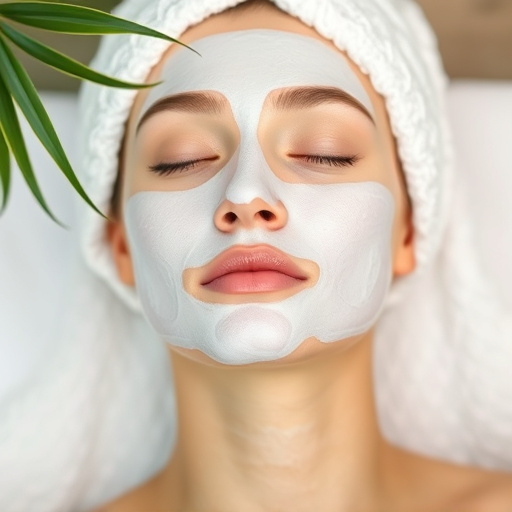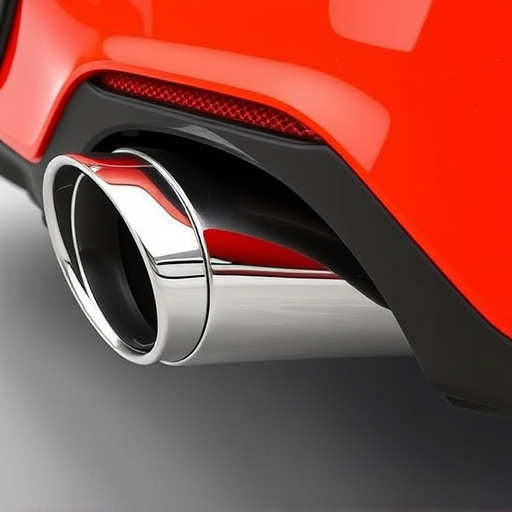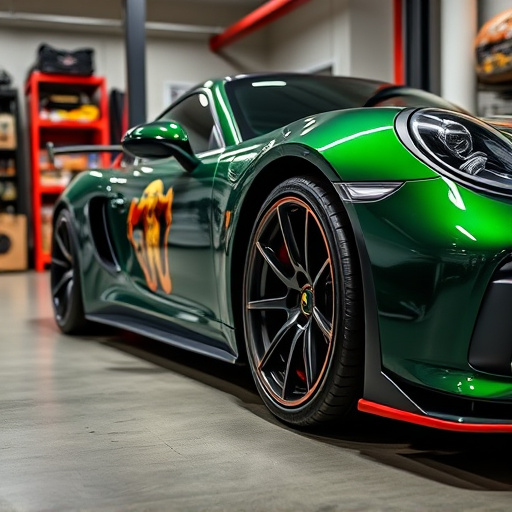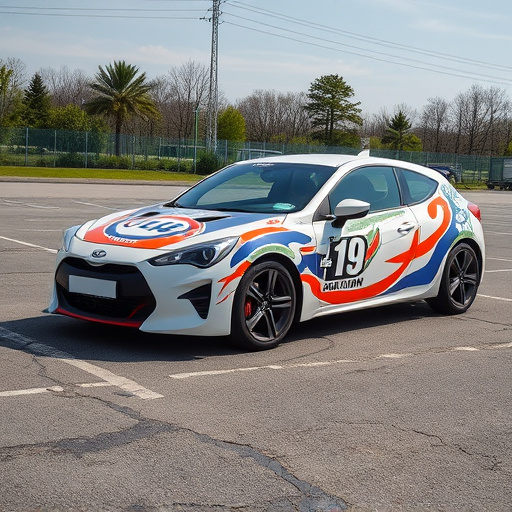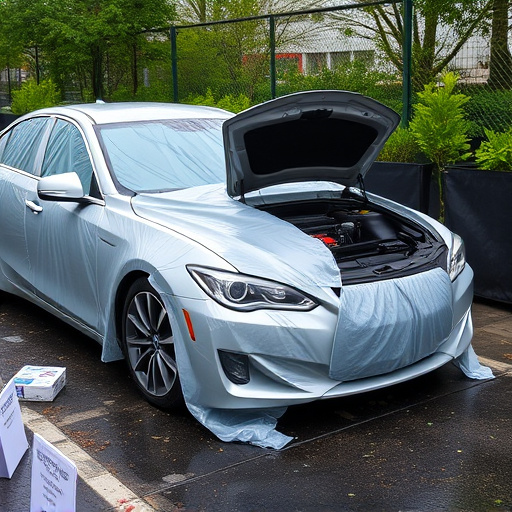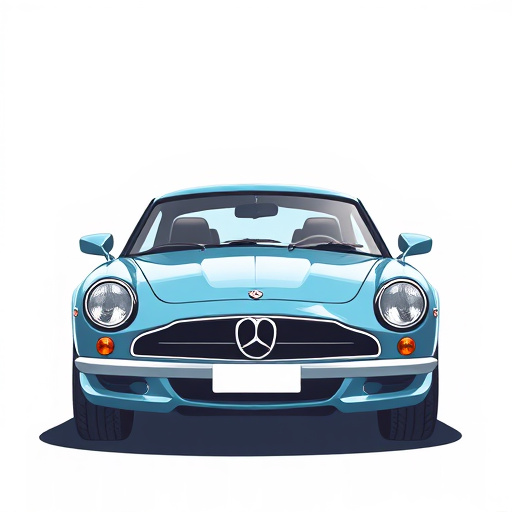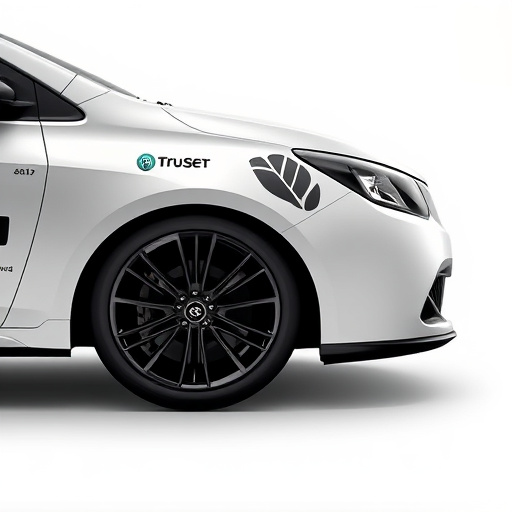Advanced paint protection coatings, such as ceramic, polymer, and hybrid technologies, provide superior durability and UV protection compared to traditional waxes. These coatings require tailored application techniques based on surface types, offering versatility for diverse areas. Regular car washes with pH-neutral detergents and inspections are crucial for maintaining their longevity, ensuring vehicle paint remains protected against environmental factors.
Discover the ultimate defense for your vehicle’s finish with paint protection coating (PPC). This innovative technology offers targeted coverage for various vehicle areas, from sleek curves to rugged off-road components. In this guide, we’ll explore the materials that power PPC, delve into application techniques tailored to diverse surfaces, and uncover the longevity benefits and maintenance tips to keep your car looking showroom-ready.
- Understanding Paint Protection Coating Materials
- Application Techniques for Different Vehicle Surfaces
- Benefits and Maintenance Tips for Longevity
Understanding Paint Protection Coating Materials
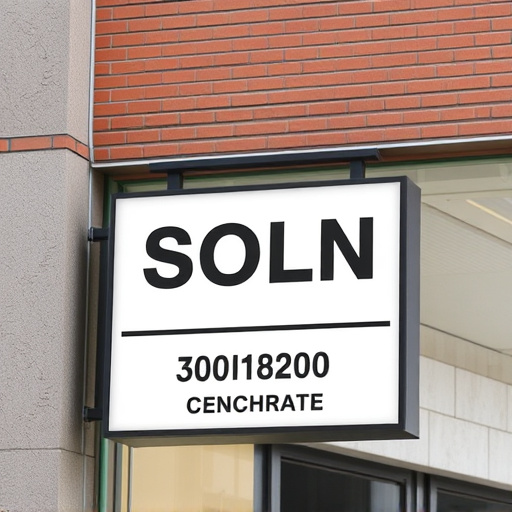
Paint protection coating materials have evolved significantly, offering a range of protective options for various vehicle surfaces. These coatings are designed to safeguard the paint job from environmental factors like UV radiation, acid rain, and bird droppings, which can cause discoloration and damage over time. Modern formulations include ceramic, polymer, and hybrid technologies that provide superior durability and shine compared to traditional waxes and polishes.
One of the key advantages of advanced protective coatings is their ability to offer added uv protection, preventing premature fading and maintaining the vehicle’s original color and gloss. Additionally, some manufacturers incorporate features like easy maintenance and water repellency, making it a convenient solution for car owners seeking long-lasting protection. Even ceramic window tinting, though primarily focused on glass treatment, can complement these coatings to provide an all-encompassing protective layer for the entire vehicle.
Application Techniques for Different Vehicle Surfaces

When applying a paint protection coating to vehicles, different surfaces require distinct techniques for optimal results. For example, the delicate curves and contours of a car’s exterior demand a precise, meticulous approach, often involving specialized tools and templates to ensure even coverage without bubbles or scratches. In contrast, more robust areas like fenders and bumpers may use a slightly coarser application method due to their enhanced durability requirements.
The versatility of modern protective coatings allows for tailored application processes. For painted surfaces, a light touch with a high-quality applicator ensures the coating adheres seamlessly while preserving the paint’s original finish. In contrast, for areas prone to chip damage, such as rock chips or minor dents, a thicker layer of paint protection film can offer enhanced resistance and long-lasting protection through chemical or ceramic-based formulations, enhancing the vehicle’s overall durability against environmental factors.
Benefits and Maintenance Tips for Longevity

A paint protection coating (PPC), also known as a ceramic coat, offers numerous benefits for vehicle owners. Firstly, it provides superior scratch protection, shielding the paintwork from minor scratches and swirls caused by everyday driving conditions, including road debris and car washes. This is especially valuable for those who drive in urban areas with high traffic density. Secondly, PPC enhances the automotive detailing process, making it easier to maintain a showroom-like finish over an extended period. It repels water, dirt, and stains, ensuring that washing and waxing routines remain effective.
To ensure the longevity of your paint protection coating, regular maintenance is crucial. This includes frequent car washes using pH-neutral detergents and soft cloths to avoid abrasives. Avoid using harsh chemicals or hard wash techniques that can damage the PPC layer. Furthermore, periodic inspections for signs of wear and tear are essential. Addressing any issues promptly will help maintain the protective barrier, ensuring your vehicle’s paint remains shielded from environmental factors and maintaining its aesthetic appeal over time, even with professional ppf installation.
A quality paint protection coating (PPC) is an indispensable tool for safeguarding your vehicle’s exterior. By understanding different PPC materials, their unique application techniques for various surfaces, and implementing proper maintenance, you can ensure a durable, glossy finish that protects against environmental damages. Embrace these practices to preserve the aesthetics and value of your vehicle over time.
